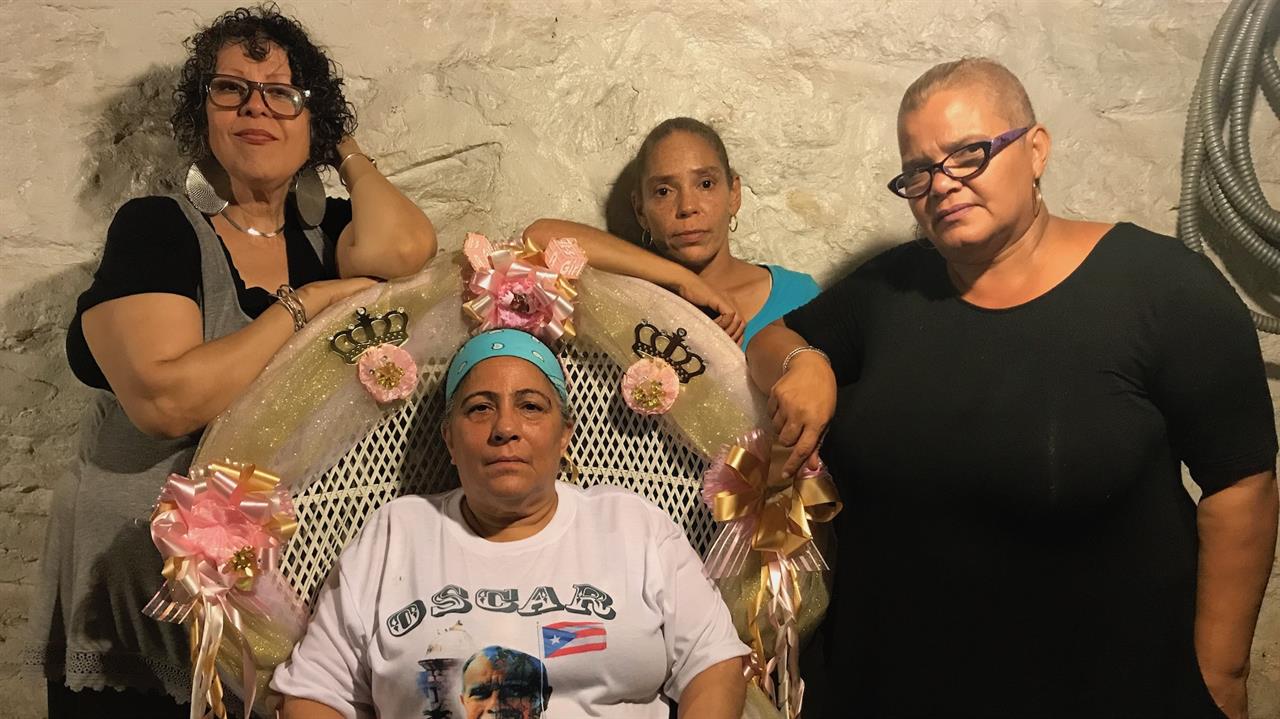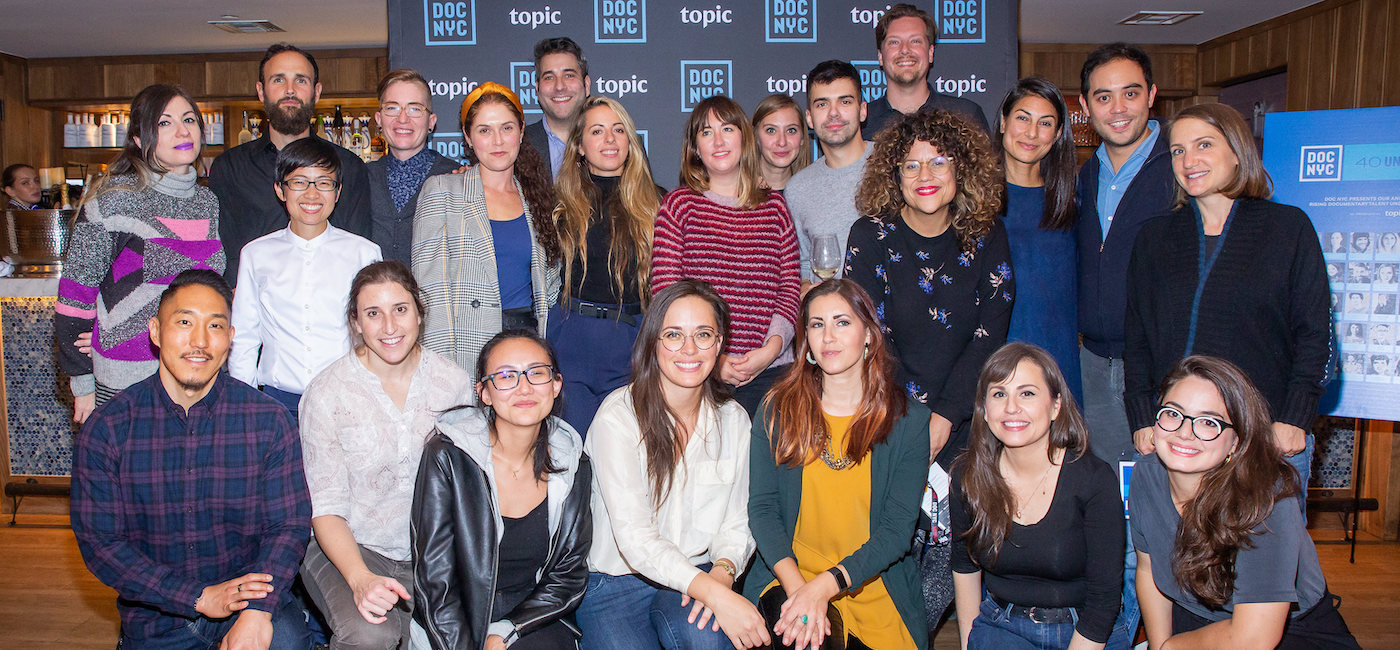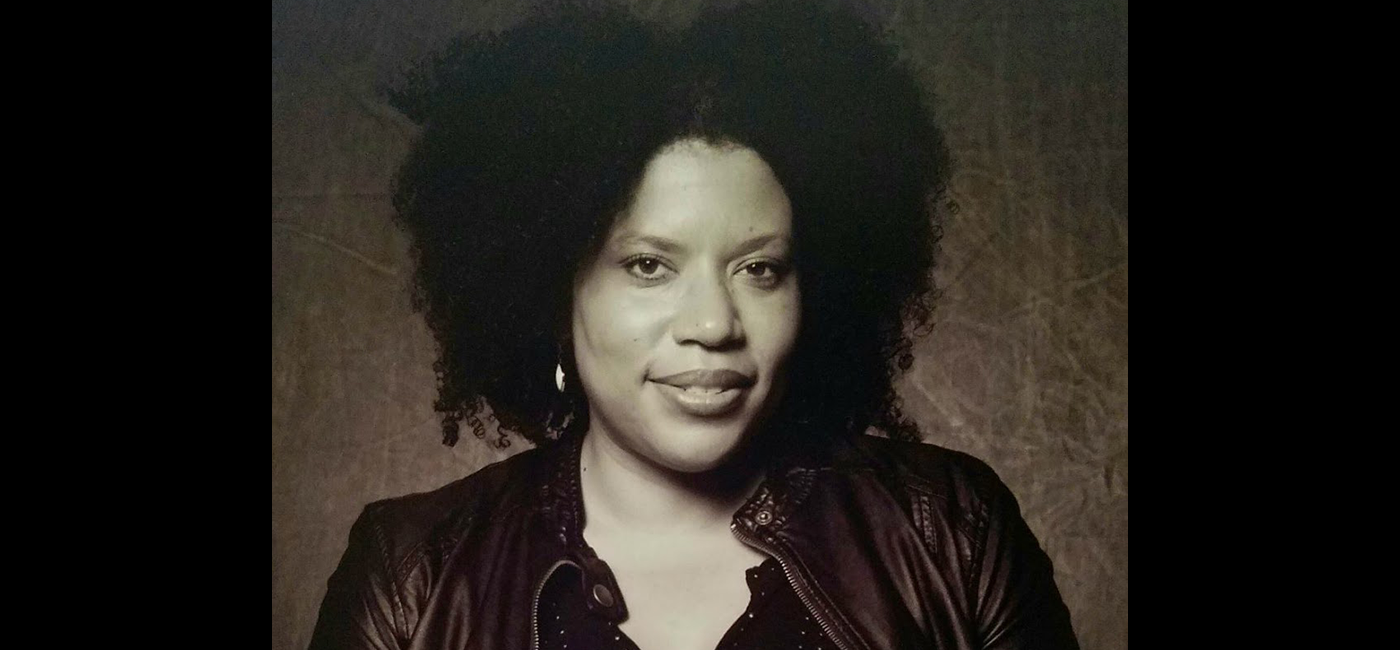DOC NYU @ DOC NYC: Meet the Next Generation of Filmmakers

 *Special thanks to guest-blogger Jonathon Dornbush for this post. Jonathon is the blogger for New York University’s newspaper, Washington Square News.
*Special thanks to guest-blogger Jonathon Dornbush for this post. Jonathon is the blogger for New York University’s newspaper, Washington Square News.
Nicholas Brennan (Hard Rock Havana)
When you’re in the most popular heavy metal band in Cuba but unknown to the rest of the world, what does it mean to be a rock star? Nicholas Brennan explores the question through the Cuban band Zeus in his documentary, “Hard Rock Havana.”
Nicholas followed the band’s exploits during an NYU Tisch study abroad in Havana. The Portland, Maine native was introduced to the band by a Cuban friend who lived down the street from where Zeus performed. After an introduction at one of their shows, “one thing led to another,” Nicholas said, “and a month or so later ‘Hard Rock Havana’ was done’.”
That month was not without its challenges. Although Nicholas speaks Spanish well, the language barrier proved difficult. “The Cuban accent is a bit like a thick Brooklyn accent and these guys were… in the rock scene, so comprehending what was being said was always a bit of a guessing game,” he said.
But the process had its highlights. Most music documenters observe rock stars in action, but Nicholas got to live the action, too. “The night or two before we left Cuba,” Nicholas said, “theband invited me to play drums on one of their songs. It was crazy playing in front of two thousand or so screaming Cubans. It was a great way to end the experience.”
Sarah Mankoff (Violet)
When tasked with creating a portrait of a person through a documentary, Sarah Mankoff searched her Rolodex before deciding to document her friend Violet.
“Deep down…I’m a lazy person,” Sarah joked.
Sarah believed her Brooklynite friend would be the perfect subject for her documentary. Aptly titled Violet, the film follows Sarah’s friend because “she’s really a character. She’s beautiful, wealthy and also wildly mature and immature at the same time.”
Choosing a friend as a subject was anything but the easy way out, though; the editing process, at times, was akin to walking a tightrope. “The most difficult part of making Violet was choosing to leave perhaps the best part in – her briefly explicit reference to a recent sexual encounter. I didn’t want Violet to get in trouble, but that moment makes the portrait, so I edited an alternate version of the film.”
Suzannah Herbert (Central Park: The Park at the Center of the World)
 In high school, Suzannah and her best friend “were history nerds and we channeled that and our creative energy into making fun, short videos about relevant things in Memphis. I knew then I wanted to make documentaries in life.”
In high school, Suzannah and her best friend “were history nerds and we channeled that and our creative energy into making fun, short videos about relevant things in Memphis. I knew then I wanted to make documentaries in life.”
While she loved making films about Memphis, Suzannah was born in Manhattan and lived for two years in Brooklyn, so she always felt an affinity for New York City. Her love of the City coupled with her love of history dovetailed into her film, Central Park: The Park at the Center of the World. Detailing the park’s creation, cultural development, and importance to the City at large, Suzannah sought to tell Central Park’s most important stories. Through rounds of interviews and historical research, she began to cull the Park’s most compelling narratives.
“There is so much history to the Park,” Suzannah said, “that I could have made a ten-hour long documentary on Central Park!” But at the urging of her professor, she winnowed the film down, “layering the narration, interviews, archival material, and footage from the park all together,” to produce a documentary that combined her two loves – New York City history and filmmaking. That process has let Suzannah discover “how important Central Park has been to New York City and its people for over 150 years,” to the “millions of people from all over the world who visit Central Park each year, yet have no idea of the story behind its creation.”
Ronnie Rios, Sergio Noriega, Lavina Tien (Gloves and Girls)
Ronnie Rios attributes his film love to his father and brother, Renzo, who transported him to “the world of film, from Italian gangster bio-picsto sci-fi adventures set in a galaxy far, far away.” But it wasn’t until senior year of high school when Ronnie began to consider film as a viable career path.
That life-long interest in film led to Ronnie’s collaboration with three other NYU filmmakers, Lydia Huang, Sergio Noriega, Lavina Tsien for their documentary, Gloves and Girls, giving viewers a glimpse into a small boxing club on Manhattan’s Lower East Side. By following two girls, Crystal and Erica, as well as their coaches/mentors, “Macho” and George, the documentary portrays not only their personal stories but also the story of this community. A community of teenage boxers who both compete in the sport for fun and as a means of dealing with their lives in a tough neighborhood.
The idea quite literally came to the filmmakers.
“We were all busy filming another project for class in the East Village,” Ronnie says, “when a man approached us and asked if we were interested in filming something for him.” They initially brushed him off, but the four quickly realized they were in need of a final documentary subject. They contacted him and “before we knew it, we were in a sketchy underground boxing gym.”
The collaboration turned out to be a bright spot for Ronnie. “There were always questions coming at the interviewee, there was always someone else if I couldn’t make it. Despite our differences, we managed to come up with solutions to make things work, and it was always nice to have someone else share in the stress.”
One of the collaborators, Sergio Noriega, came to filmmaking through a different sport: skateboarding. Born in Lima, Peru but raised in Miami, Sergio began to film his friends skateboarding. The traditional pastime of fisheye lenses capturing skateboarders jumping over staircases and grinding rails contributed heavily to Sergio’s desire to want to work in film. Sergio continues to work on projects of his own design, and is moving away from sports—at least temporarily—to work on a comedic narrative short.
And from yet another corner of the world, collaborator Lavina Tien brought her love of documentary film to the project. Born and raised in Hong Kong, she loves documentary film for its “power to shed light on ordinary people whose extraordinary lives often go unnoticed, or get taken for granted.” Lavina just graduated from business school and is now working in Hong Kong. She hopes to resume her documentary journey very soon.
Hannah Stoddard (The World’s Happiest Man)
Sometimes, a filmmaker just needs to be in the right place at the right time in order for inspiration to strike. Hannah Stoddard was. “My classmate was documenting a street performer in Washington Square Park,” said Hannah, “and afterwards I noticed another entertainer, a piano player seated at a grand piano.” That performer was Colin Huggins, the subject of her documentary, The World’s Happiest Man.
The World’s Happiest Man follows Colin as he pursues happiness by doing what he loves rather than striving for financial security.
“I wanted to capture Colin without much of my influence,” Hannah said, “and I had learned how easily directing and editing can get in the way of the story. I wanted whatever I filmed to be reflective of his personality and life.”
The Las Vegas born and raised filmmaker found this attempt to film Colin naturally worthwhile. In an interview, Hannah asked him if there was anything he hadn’t had the chance to say and “he didn’t even wait a beat, but began talking about the futility he feels not being able to do anything about the current situation of the world. The moment felt so real…it was sensational.”
(photo courtesy of New York Daily News)
Alan Jeffries (Leaving the Yard)
,,,,,,,,,,,,,,,,,,,,,,,,,,,,,,,,,,,,,,,,,,,,,,,,,,,,,,,,,,,,,,,,,,,,,
When both a filmmaker’s parents were professional concert musicians, and he is a musician himself, it is not difficult to choose a documentary topic. In Alan Jeffries’ case, it led to his film, Leaving the Yard.
During his last semester at NYU in 2008, Alan found four fellow soon-to-be graduates by looking up who had senior recitals and merely contacting them through Facebook. He then followed them throughout their final semester at NYU, both in anticipation of their recitals as well as while they pondered what they wanted to do with the rest of their lives.
He shot more than 60 hours of footage for this documentary short, and found that parsing through all of it the most grueling part of the endeavor. “It actually took me a year and a half to finish the entire project,” said Alan.
The hours of editing may have been a good thing, though: Alan continues to work in film as an editor.
–Jonathon Dornbush





